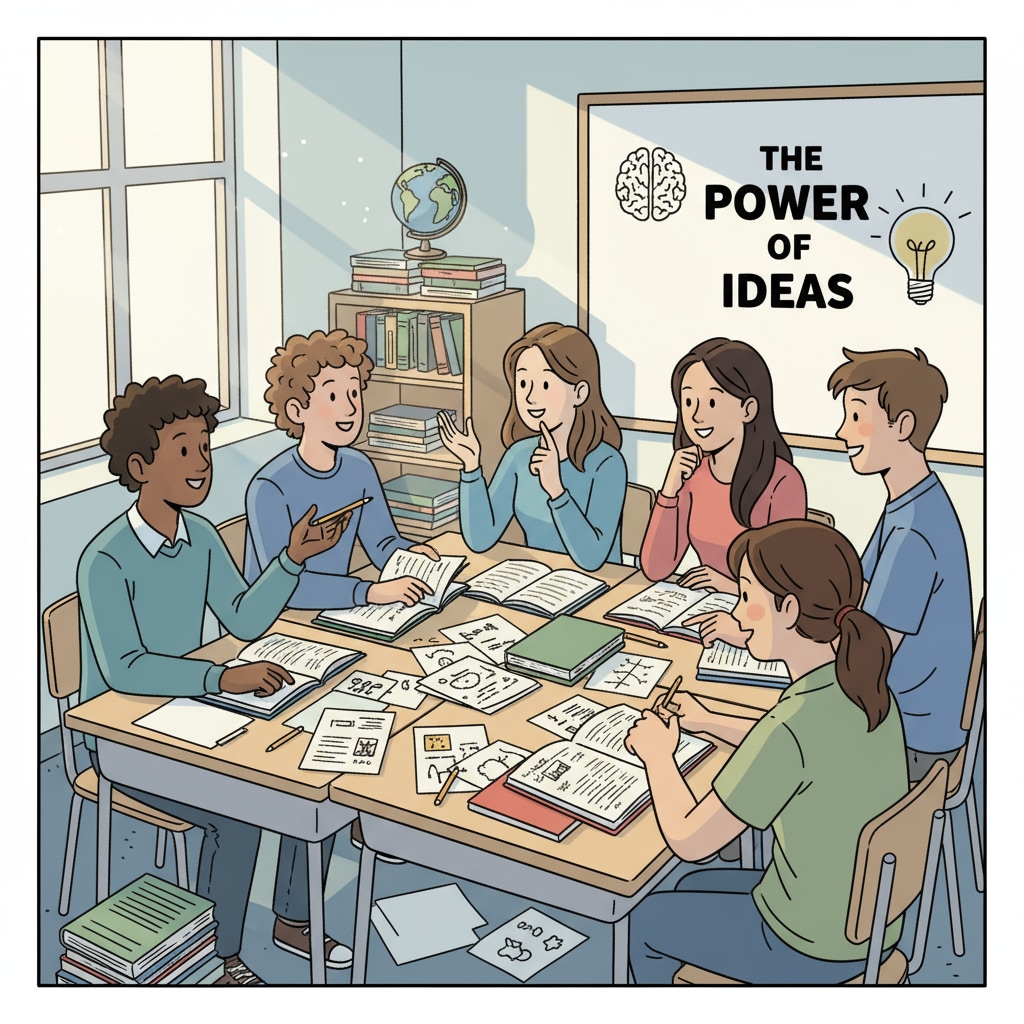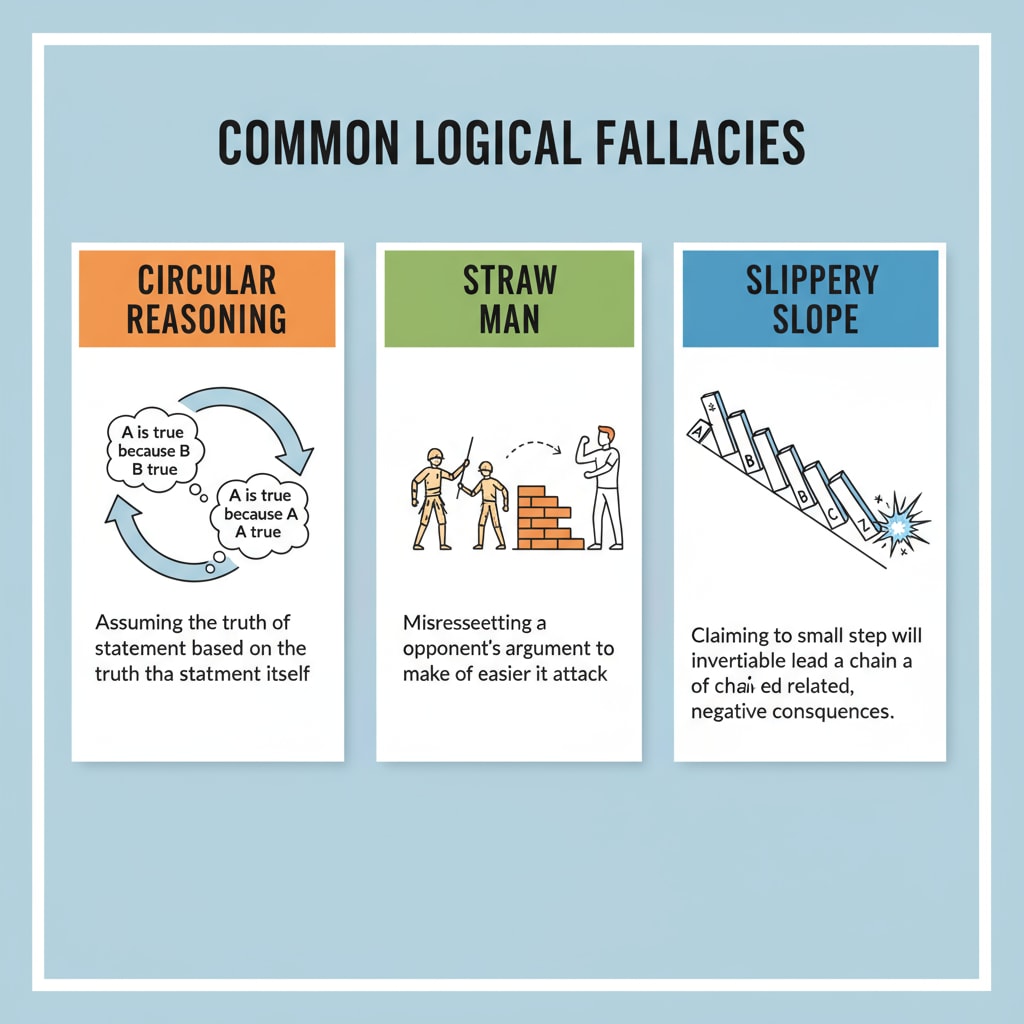In an era defined by the ceaseless onslaught of information, the ability to distinguish between sound reasoning and fallacious arguments has become an indispensable skill. This is especially true for high school students, who are constantly bombarded with various forms of media and communication. Logical fallacies, critical thinking, and propaganda recognition are not just academic concepts; they are the cornerstones of informed decision-making and responsible citizenship.

As students navigate the vast landscape of information, they encounter numerous instances of misinformation, manipulation, and propaganda. Without the proper tools to identify and analyze these fallacies, they are vulnerable to being misled, forming misguided opinions, and making poor decisions. By integrating logic fallacy education into the high school curriculum, we can empower students with the critical thinking skills necessary to evaluate information objectively and make informed judgments.
The Prevalence of Logical Fallacies in the Information Age
In today’s digital age, information spreads at an unprecedented speed and scale. Social media platforms, news outlets, and online forums are filled with content that often contains logical fallacies. These fallacies can take many forms, such as ad hominem attacks (attacking the person instead of the argument), false dichotomies (presenting only two options when there are more), and appeals to emotion (manipulating emotions to sway opinions). For example, a political candidate might use an ad hominem attack to discredit their opponent instead of addressing the real issues. List of fallacies on Wikipedia High school students are prime targets for such manipulative tactics, as they are still developing their critical thinking skills. Without proper education, they may accept these fallacious arguments as valid, leading to a distorted understanding of the world.

The Role of Critical Thinking in Countering Logical Fallacies
Critical thinking is the key to recognizing and combating logical fallacies. It involves analyzing, evaluating, and questioning information to determine its validity and reliability. By teaching students critical thinking skills, we can help them become more discerning consumers of information. For instance, when presented with an argument, students can learn to identify the premises, evaluate the evidence, and look for any logical gaps or inconsistencies. This process enables them to separate fact from fiction and make more rational decisions. According to Britannica’s entry on critical thinking, critical thinking is essential for problem-solving, decision-making, and effective communication. In the context of high school education, it can empower students to challenge false claims and develop their own well-reasoned perspectives.
Moreover, critical thinking also helps students develop empathy and understanding. By considering different viewpoints and perspectives, they can engage in more meaningful discussions and build stronger relationships. This is particularly important in a diverse society where multiple opinions and beliefs coexist.
Readability guidance: As we can see, the importance of critical thinking in countering logical fallacies cannot be overstated. It not only equips students with the ability to analyze information but also fosters empathy and understanding. By incorporating critical thinking exercises into the high school curriculum, we can help students become more informed and engaged citizens.
In conclusion, the inclusion of logic fallacy education in high school courses is not just a matter of academic enrichment; it is a necessity in today’s information-saturated world. By teaching students to recognize logical fallacies, develop critical thinking skills, and identify propaganda, we can empower them to make informed decisions, challenge false claims, and become active participants in a rational society. Let us take this crucial step towards cultivating a generation of rational and responsible citizens.


